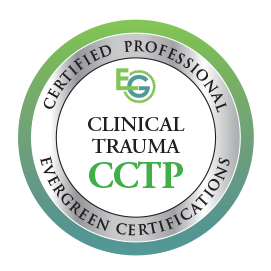
When someone lives through a traumatic event, they may begin experiencing symptoms such as anxiety, flashbacks, and nightmares. If these symptoms worsen, interfere with the person’s daily routine, or persist for an extended period of time (months or years), it’s referred to as post-traumatic stress disorder (PTSD). This mental health condition is quite common—in fact, according to statistics published by the National Center for PTSD, approximately 6% of the U.S. population will develop PTSD at some point during their lives.
Despite the prevalence of PTSD in today’s society, many people still don’t understand what it truly means to have this condition. Below are three common myths about PTSD that aren’t actually true.
1. Only Soldiers Can Develop PTSD
Although PTSD is relatively common among members of the military, it can affect anyone who experiences or witnesses a traumatic event. For example, someone may develop PTSD after being abused, surviving a violent crime, living through a natural disaster, or working as a first responder.
2. PTSD Occurs Right Away
While some people begin experiencing PTSD symptoms immediately after a traumatic event, others can go months or even years before they develop symptoms. And once symptoms do appear, they can come and go over time.
3. PTSD Can’t Be Treated
There are numerous treatments available that can help relieve the symptoms of PTSD. For example, someone with this condition may benefit from attending therapy, participating in support groups, and taking medication.
Want to Know More About PTSD?
If you’ve been diagnosed with post-traumatic stress disorder—or if you have a loved one who’s displaying the signs of this condition—it can be incredibly helpful to speak to a therapist who specializes in treating PTSD. Contact us today to schedule consultation. We’ll be happy to tell you more about our practice and answer any questions you might have about our approach to PTSD treatment.








